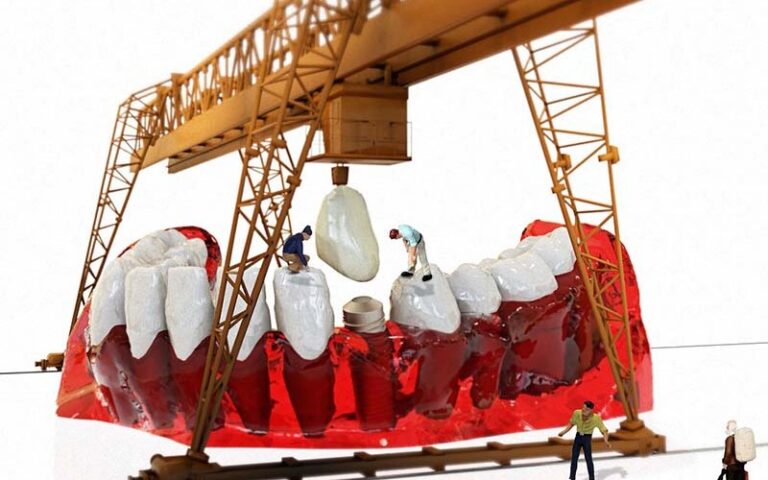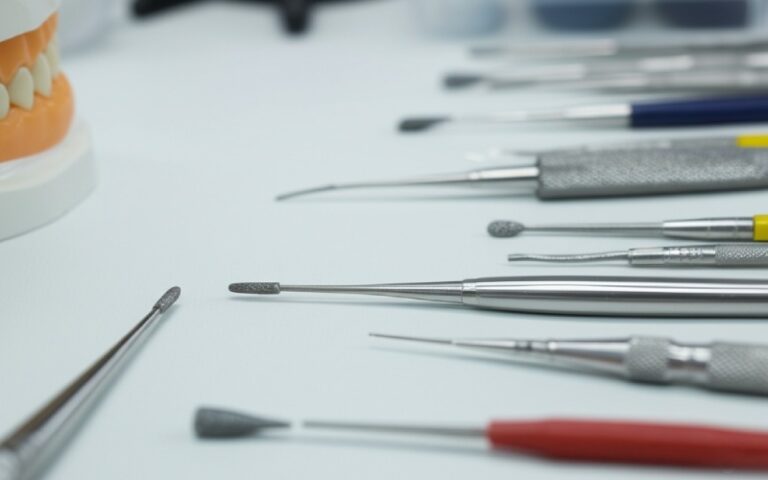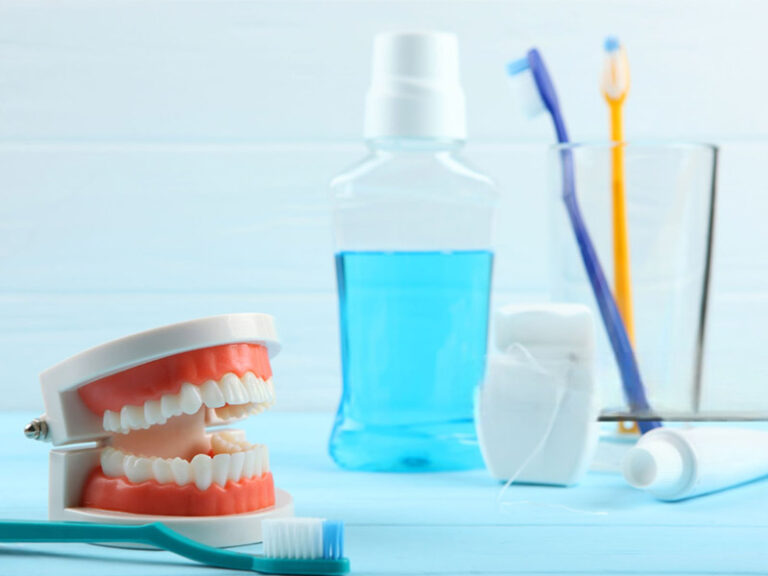
My Tooth Hurts! Is it a Dental Abscess? A Guide to Abscessed Teeth
I’ve been in the dental field for a long time. I’ve seen what happens when small tooth problems become big ones. One of the worst things I see is a tooth abscess. The pain can be terrible. It can keep you up at night. It can make it hard to eat or even think. You have a problem, a painful tooth that is making your life miserable. This is not just a simple toothache. A dental abscess is a serious infection.
This article is here to help you. I want you to understand what an abscessed tooth is. I will explain the signs and why it is so important to get help. Leaving a tooth abscess untreated is a big risk. The infection can get worse and spread. But there is good news. A dentist can fix the problem. They can stop the pain and save your tooth. Reading this will give you the knowledge to act fast and protect your health. Let’s talk about that painful tooth.
Indholdsfortegnelse
What Exactly Is a Tooth Abscess?
Let me break it down for you in simple terms. A tooth abscess is a pocket of pus. This abscess is a pocket of pus that forms inside the teeth and gums. It is caused by a bacterial infection. Bacteria can get inside your tooth or gum. When they do, your body tries to fight the infection. This fight creates a collection of dead white blood cells, germs, and tissue. This collection is the thick, smelly liquid we call pus. This is a tooth abscess.
This pocket of pus puts a lot of pressure on the nerves and bones in your jaw. That is why a tooth abscess causes such bad tooth pain. The abscess usually forms at the tip of the root of your tooth. This is called a periapical abscess. Sometimes, the abscess forms in the gum next to the tooth root. This is a periodontal abscess. No matter where it is, an abscess is a sign that something is wrong with your tooth or gum. The infection needs to be treated by a dentist.
An abscess is an infection that your body is trying to wall off. Think of it like a small, infected balloon growing inside you. This abscess can cause a lot of damage to the tooth and the bone around it. The innermost part of the tooth, called the pulp, contains nerves and blood vessels. When the infection reaches the pulp, it can be very painful, and the tooth has died. This is why getting prompt dental treatment is so important for any tooth issue.
How Can I Know If I Have a Dental Abscess?
The most common sign of a dental abscess is a bad, throbbing toothache. It’s a pain that doesn’t go away. It can feel like your heartbeat is in your tooth. But there are other signs to watch for. These are the symptoms of a dental abscess. You might feel pain when you chew. Your tooth might be very sensitive to hot or cold foods.
You may also see swelling in your face or cheek. Your gums might be red and swollen. Sometimes, you might see a small, pimple-like bump on your gum near the painful tooth. If this bump bursts, or the abscess ruptures, you might taste a salty, bad fluid in your mouth. The pain might even seem to get better for a little while. This is a trick. The infection is still there. Other signs can include a fever, swollen glands in your neck, or just a general feeling of being sick. If you have any of these symptoms, you may have a dental abscess.
It’s a scary situation. The pain from the tooth abscess can take over your life. You can’t focus on work or enjoy time with your family. Every meal is a challenge. You are worried about what is happening inside your mouth. You might hope the pain just goes away on its own. I am here to tell you that abscesses don’t go away without help. This is a serious dental problem. This is why you need to see a dentist.
Why Did I Get This Awful Tooth Abscess?
A tooth abscess does not just appear out of nowhere. It is almost always the result of an untreated problem. The most common cause is severe tooth decay. When a cavity gets too deep, it lets bacteria get inside your tooth. This bacterial infection can travel down to the root of the tooth and form an abscess. This is a big reason why fixing cavities early is so important.
Another major cause is gum disease. When you have gum disease, your gums pull away from your teeth and gums. This creates little pockets. Bacteria can get trapped in these pockets and cause an infection in your gums. This can lead to a periodontal abscess. A cracked or broken tooth can also be a doorway for bacteria. Even past dental work, like a crown or filling, can sometimes fail and let an infection start.
Some people have a higher risk of developing a tooth abscess. This includes people with poor dental hygiene. If you do not brush and floss well, you have a higher risk of tooth decay and gum disease. People with a high-sugar diet also have a higher risk. A weakened immune system can also make it harder for your body to fight off an infection, increasing your risk of developing dental abscesses. The key is to understand that a tooth abscess is a sign of a deeper problem with a tooth.
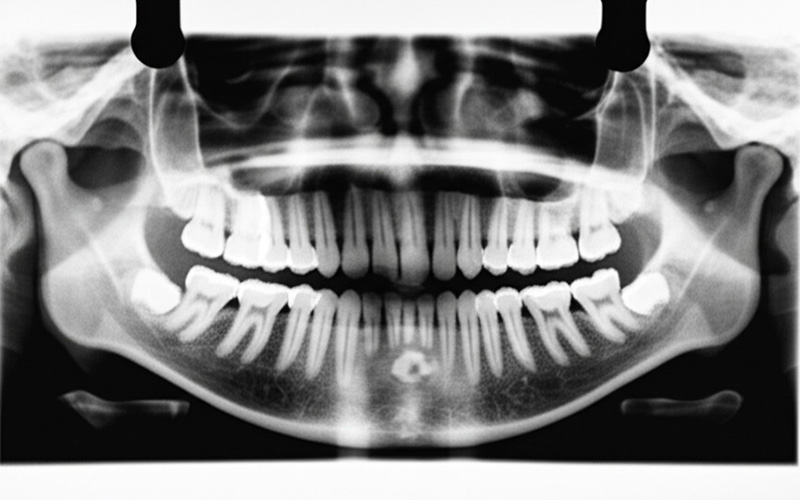
Are There Different Types of Dental Abscesses?
Yes, there are a few types. The location of the abscess helps your dentist know what kind it is. The most common one, which I mentioned before, is the periapical abscess. This abscess forms at the very tip of the root of the tooth. It usually happens when tooth decay allows bacteria to get inside the tooth and infect the pulp. The infection travels down the tooth root and forms an abscess in the bone.
The second type is a periodontal abscess. This abscess is in the gum, not inside the tooth. It is usually a complication of gum disease. It happens in the space between a tooth and the gum. Food and bacteria can get stuck here, leading to an infection in or around the tooth. This type of abscess can also happen after a dental injury.
A third, less common type is a gingival abscess. This is an abscess that is only in the gum tissue. It does not affect the tooth or the bone around it. It is often caused by a foreign object, like a piece of popcorn husk, getting stuck in the gum. While all of these are types of dental infections, the periapical abscess is the one most people mean when they say “tooth abscess.” It is a serious problem inside the tooth itself.
What Happens if I Don’t See a Dentist?
This is the most important question I will answer. I cannot say this strongly enough: you must not ignore a tooth abscess. The problem is the pain. It is so bad you might think nothing could be worse. But the real danger starts when you leave the abscess untreated. An untreated abscess is a ticking time bomb. The infection can spread. It can move from the root of your tooth into your jawbone.
From your jaw, the infection may spread to other areas of your head and neck. It can cause swelling that makes it hard to breathe or swallow. This is a medical emergency. In very rare cases, the infection from a dental abscess can spread to other parts of your body, like your heart or brain. This can be life-threatening. The American Dental Association stresses that an untreated dental infection is a serious health risk.
You might think that if the pain stops, you are safe. This is not true. Pain might stop because the abscess has found a way to drain, or because the nerve inside the tooth has died. But the bacterial infection is still there. It will continue to damage bone and can flare up again, often worse than before. Leaving a tooth abscess untreated is not worth the risk. The infection will not go away on its own. You put your overall health in danger. Please, see your dentist as soon as you suspect an abscess.
How Will My Dentist Diagnose an Abscessed Tooth?
When you go to the dentist with a suspected tooth abscess, they will do a few simple things to find out for sure. First, your dentist will ask you about your symptoms. They will want to know about your pain, when it started, and what makes it feel better or worse. This helps them understand what is going on with your tooth.
Next, the dentist will look at your tooth and gum. They will look for redness and swelling around the tooth. They may gently tap on your teeth. An infected tooth is often very sensitive to this tapping. They might also do a cold test. They will touch the tooth with something cold to see how it reacts. A tooth with an abscess may have a lingering, painful reaction, or no feeling at all if the pulp has died.
The most important tool for diagnosis is an X-ray. The X-ray lets your dentist see what is happening under the gum line. On an X-ray, an abscess often shows up as a dark spot at the tip of the root of the tooth. This shows where the bone has been damaged by the infection. The X-ray confirms the diagnosis and helps the dentist plan the best treatment for a dental abscess. It shows them how far the infection has spread.
What Is the Treatment for a Dental Abscess?
The solution is here. Your dentist has a clear plan to help you. The main goals of treatment of dental abscesses are simple: get rid of the infection, save the tooth if possible, and prevent more problems. The first step is often to drain the abscess. Your dentist will make a small cut in the gum to let the pus out. This will relieve the pressure and a lot of the pain right away.
After draining the abscess, the dentist needs to deal with the source of the infection. There are a few treatment options. If the infection is inside the tooth, the most common treatment is a root canal treatment. I will talk more about this next. A root canal cleans the infection out from inside the tooth and can save your tooth. This is usually the best option because it lets you keep your natural tooth.
In some cases, the tooth is too damaged to be saved. If the tooth decay is too large, or the tooth is badly broken, the tooth may be removed. This is called an extraction. After the tooth is removed, the abscess can drain and heal. Your dentist will discuss the best plan for your affected tooth. They want to give you the best outcome and stop the pain from the tooth abscess.
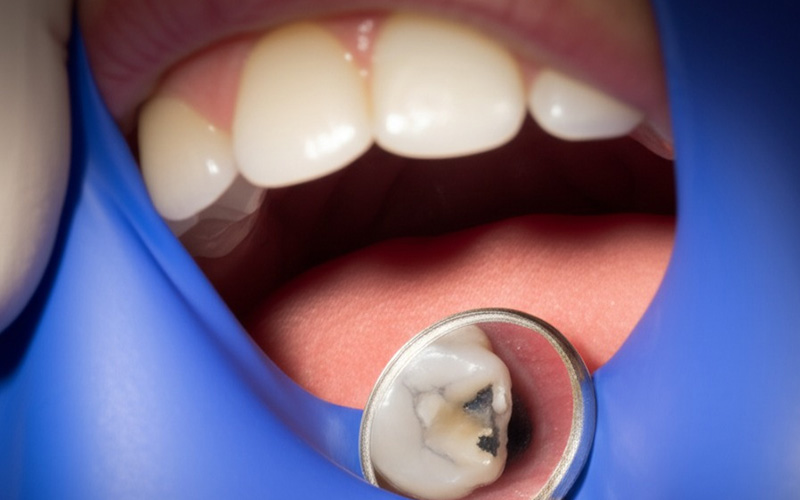
Can a Root Canal Really Save My Tooth?
Yes, a root canal is a wonderful procedure that can save a badly infected tooth. Many people are scared of a root canal, but it’s the treatment that Stop the pain, not the one that causes it. A root canal treatment is needed when the pulp inside your tooth gets infected. The goal is to remove the infected pulp, clean the space inside your tooth, and then fill and seal it. This gets rid of the infection and saves your tooth.
This is where my company comes in. As a manufacturer of high-quality dental materials, we provide dentists with the very best products to perform successful root canals. The success of a root canal depends on two things: cleaning out all the infection and sealing the tooth perfectly so bacteria cannot get back in. We create the advanced materials that dentists use to fill the canals of the tooth root. Our materials are safe, strong, and create a perfect seal.
When your dentist uses our products, you can be sure your restored tooth is protected. We are dedicated to helping dentists save as many natural teeth as possible. A well-done root canal using top-tier materials means your tooth can last a lifetime. It is the best solution for an abscessed tooth because you do not have to lose your tooth. So yes, a root canal can absolutely save your tooth from a tooth abscess, and quality materials make all the difference.
Will I Need an Antibiotic for My Tooth Abscess?
An antibiotic is often part of the treatment for a dental abscess, but it is not a cure by itself. An antibiotic cannot get to the source of the infection inside a dead tooth. Think of it this way: the dental treatment, like a root canal or extraction, removes the source of the problem. The antibiotic helps your body fight off any infection that has started to spread.
Your dentist will decide if you need an antibiotic. Antibiotics are often prescribed for dental abscesses if you have a fever, swelling, or if the infection has spread beyond the tooth. They are also used for people who have a weakened immune system. The antibiotic helps control the infection and may spread to other areas of your body. It helps keep you safe while the dentist works to fix the tooth.
You must take the antibiotic exactly as your dentist tells you. You need to finish the entire prescription, even if you start to feel better. This makes sure all the bacteria are killed. But remember, pills alone will not cure the abscess. You must get the dental work done to fix the tooth. Without it, the tooth abscess will come back as soon as you stop taking the antibiotic.
How Can I Prevent Another Dental Abscess?
The best way to deal with a tooth abscess is to never get one in the first place. Prevention is all about good care for your teeth and gums. This starts with brushing your teeth twice a day with fluoride toothpaste and flossing once a day. This removes the plaque that causes tooth decay and gum disease. Preventing these two problems is the key to preventing a dental abscess.
Regular visits to your dentist are also vital. You should see a dentist for checkups and cleanings, usually every six months. Your dentist can find small problems, like a little bit of tooth decay, and fix them before they become a big problem like an abscess. They can also spot the early signs of gum disease. This is the best way to protect your teeth and your health. If you do have a problem, prompt treatment can stop a tooth abscess before it starts.
You should also watch what you eat and drink. A diet high in sugar and starches increases your risk of developing a tooth. It feeds the bacteria that cause cavities. If you injure a tooth, get it checked by a dentist as soon as possible. A cracked tooth is an open door for infection. Taking care of your teeth every day is the best way to avoid the pain and danger of a tooth abscess. If you ever have a problem and can’t reach your dentist, seek emergency care. An abscess is serious.
De vigtigste ting at huske
- A tooth abscess is a serious infection, a pocket of pus caused by an infection in or around a tooth.
- The main symptom is severe, constant tooth pain, but you can also have swelling, fever, and a bad taste in your mouth.
- An abscess will not go away on its own. You must see a dentist. Leaving a tooth abscess untreated is dangerous because the infection can spread.
- Treatment involves draining the abscess and fixing the source of the problem. This usually means a root canal to save the tooth or removing the tooth.
- A root canal is a safe and effective way to get rid of the infection and keep your natural teeth. The quality of materials used to seal the tooth is very important for long-term success.
- The best way to prevent a tooth abscess is through good oral hygiene and regular dental checkups to treat tooth decay and gum disease early.

